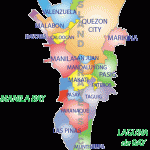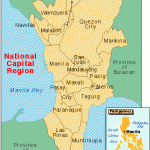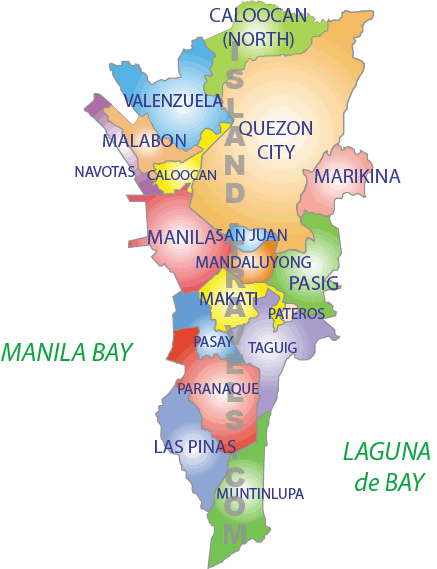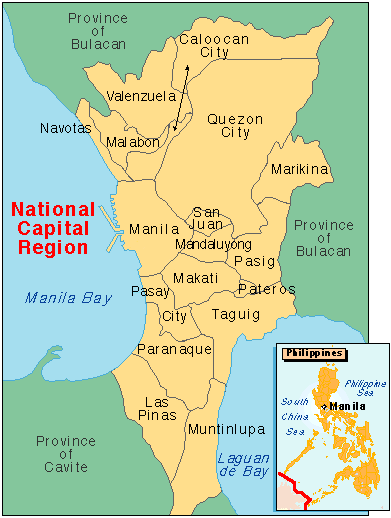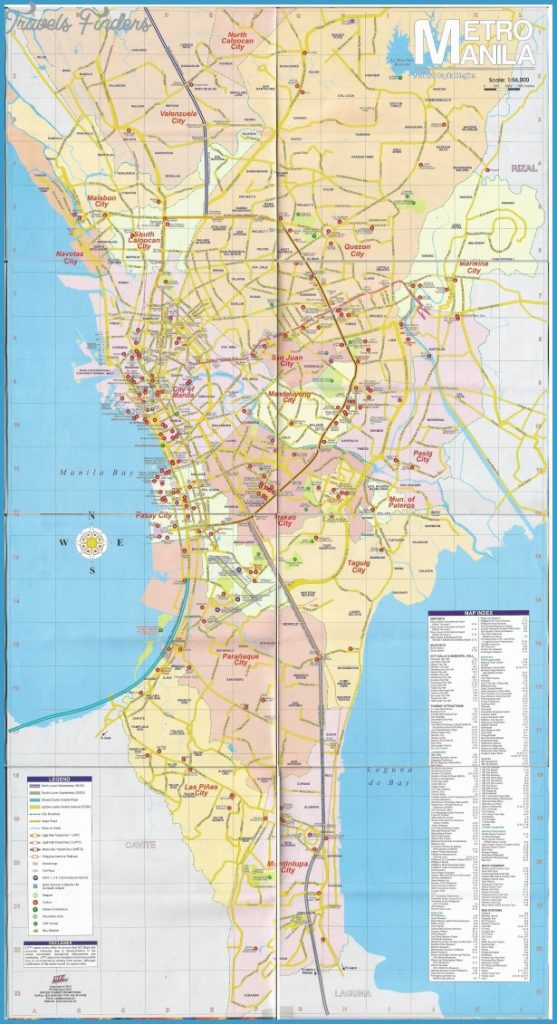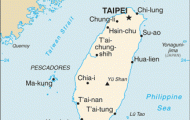Ferdinand Victor Eugene Delacroix has been called the leader of the French Romantic school of painting. Delacroix was born in Charenton in the southeast suburbs of Paris. His father was Charles-Fran^ois Delacroix, but strong evidence suggests that his bio-father was Talleyrand. Indeed, his features were similar to Talleyrand and Talleyrand looked after Eugene Delacroix in his early career as an artist. Delacroix found success in his early twenties, but he also was subject to criticism for his images that were steeped in realism, but done with broad strokes rather than the fine detail that was popular at the time. Delacroix was profoundly affected by Theodore Gericault’s The Raft of the Medusa and used it as inspiration for his first major painting, The Barque of Dante.
Delacroix’s most well known work is probably his 1830 painting, Liberty Leading the People, which commemorates the July Revolution of 1830. The painting depicts a robustly proportioned barebreasted maiden with the tricolor French flag in one hand and a bayoneted musket in the other, leading a ragtag group of citizens as they trample over the bodies of the fallen. Liberty Leading the People can be seen at the Louvre.
Eugene Delacroix lived a long life for the time and had ample time to contemplate his death and how he would be memorialized. His will states: My tomb will be in the cemetery of Pere-Lachaise, on the heights, in a place somewhat removed. There will be neither emblem, bust or statue. In 1854, almost a decade before he died, Delacroix wrote of a visit to a small rural cemetery: Entered the cemetery, less forbidding than that frightful Pere-Lachaise, less silly, less limited, less bourgeois. Delacroix may have had his criticisms of Pere-Lachaise, but he still wanted to be buried there. His coal-colored tomb is made of volcanic lave de volvic and modeled on the sarcophagus of the Roman general Scipio, which is now in the Vatican Museum

